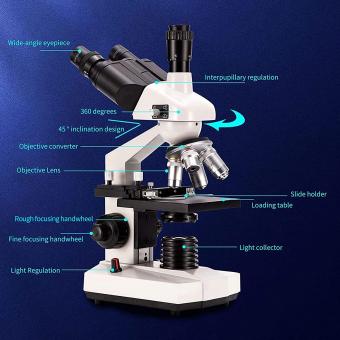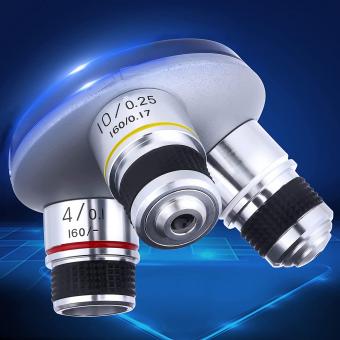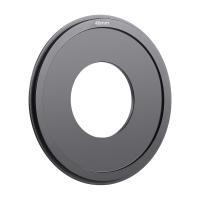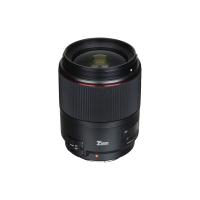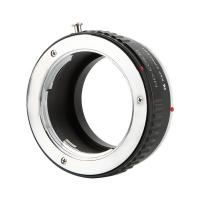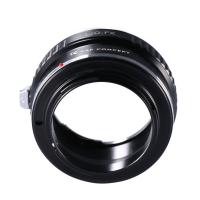Where Is The Ocular Lens On A Microscope ?
The ocular lens, also known as the eyepiece, is located at the top of the microscope and is the lens that the viewer looks through to observe the specimen on the slide. It is typically a cylindrical shape and can be rotated to adjust the focus. The ocular lens usually has a magnification power of 10x, although some microscopes may have different magnification options for the eyepiece.
1、 - Microscope anatomy

The ocular lens, also known as the eyepiece, is a crucial component of a microscope. It is located at the top of the microscope and is the lens through which the viewer looks to observe the specimen. The ocular lens is typically made up of two or more lenses that work together to magnify the image produced by the objective lens.
In modern microscopes, the ocular lens is usually located at the top of the microscope tube and is attached to the eyepiece tube. The eyepiece tube is connected to the body tube, which contains the objective lenses. The ocular lens is usually adjustable, allowing the viewer to focus the image to their liking.
The ocular lens is an essential part of the microscope, as it determines the magnification of the image seen by the viewer. The magnification of the ocular lens is typically marked on the lens itself, and it is usually combined with the magnification of the objective lens to determine the total magnification of the microscope.
In conclusion, the ocular lens is located at the top of the microscope and is the lens through which the viewer looks to observe the specimen. It is an essential component of the microscope, as it determines the magnification of the image seen by the viewer.
2、 - Optical system

The ocular lens, also known as the eyepiece, is an essential component of a microscope. It is located at the top of the microscope's body tube and is used to magnify the image produced by the objective lens. The ocular lens typically has a magnification power of 10x, although some microscopes may have higher magnification eyepieces.
In recent years, there has been a shift towards using digital microscopes, which use a camera to capture images instead of an ocular lens. These microscopes have several advantages over traditional microscopes, including the ability to capture and store images, share images with others, and perform measurements and analysis on the images.
However, traditional microscopes with ocular lenses are still widely used in many fields, including biology, medicine, and materials science. The ocular lens is an important part of the optical system of a microscope, which also includes the objective lens, condenser lens, and light source. The quality of the ocular lens can have a significant impact on the overall image quality and clarity of the microscope.
In conclusion, the ocular lens is located at the top of the microscope's body tube and is an essential component of the optical system of a microscope. While digital microscopes are becoming more popular, traditional microscopes with ocular lenses are still widely used in many fields and the quality of the ocular lens is important for producing clear and accurate images.
3、 - Objective lens

The ocular lens, also known as the eyepiece, is located at the top of the microscope and is the lens that the viewer looks through to observe the specimen. It is typically a small, cylindrical lens that is removable and can be interchanged with other ocular lenses of different magnifications.
On the other hand, the objective lens is located at the bottom of the microscope and is responsible for magnifying the specimen. It is typically a set of lenses that can be rotated to change the magnification level.
While the ocular lens and objective lens are both important components of a microscope, they serve different functions. The objective lens is responsible for magnifying the specimen, while the ocular lens is responsible for further magnifying the image produced by the objective lens and allowing the viewer to observe the specimen.
It is important to note that the location of the ocular lens and objective lens may vary depending on the type of microscope being used. For example, in a stereo microscope, the ocular lens is located on the side of the microscope and the objective lens is located above the specimen.
In conclusion, the ocular lens is located at the top of the microscope and is responsible for further magnifying the image produced by the objective lens. The objective lens, on the other hand, is located at the bottom of the microscope and is responsible for magnifying the specimen.
4、 - Eyepiece lens

The ocular lens, also known as the eyepiece lens, is an essential component of a microscope. It is located at the top of the microscope and is the lens that the viewer looks through to observe the specimen. The ocular lens is typically made up of two or more lenses that work together to magnify the image of the specimen.
The eyepiece lens is an important part of the microscope because it determines the magnification of the image that the viewer sees. The magnification of the eyepiece lens is usually marked on the lens itself, and it is typically between 5x and 30x. When combined with the objective lens, which is located at the bottom of the microscope, the total magnification of the image can be calculated by multiplying the magnification of the eyepiece lens by the magnification of the objective lens.
In recent years, there has been a shift towards using digital microscopes, which use a camera to capture images of the specimen instead of relying on the viewer to look through the eyepiece lens. While these digital microscopes still have an eyepiece lens, it is often used to adjust the focus of the image rather than to view the specimen directly. This allows for more precise focusing and makes it easier to share images with others.






